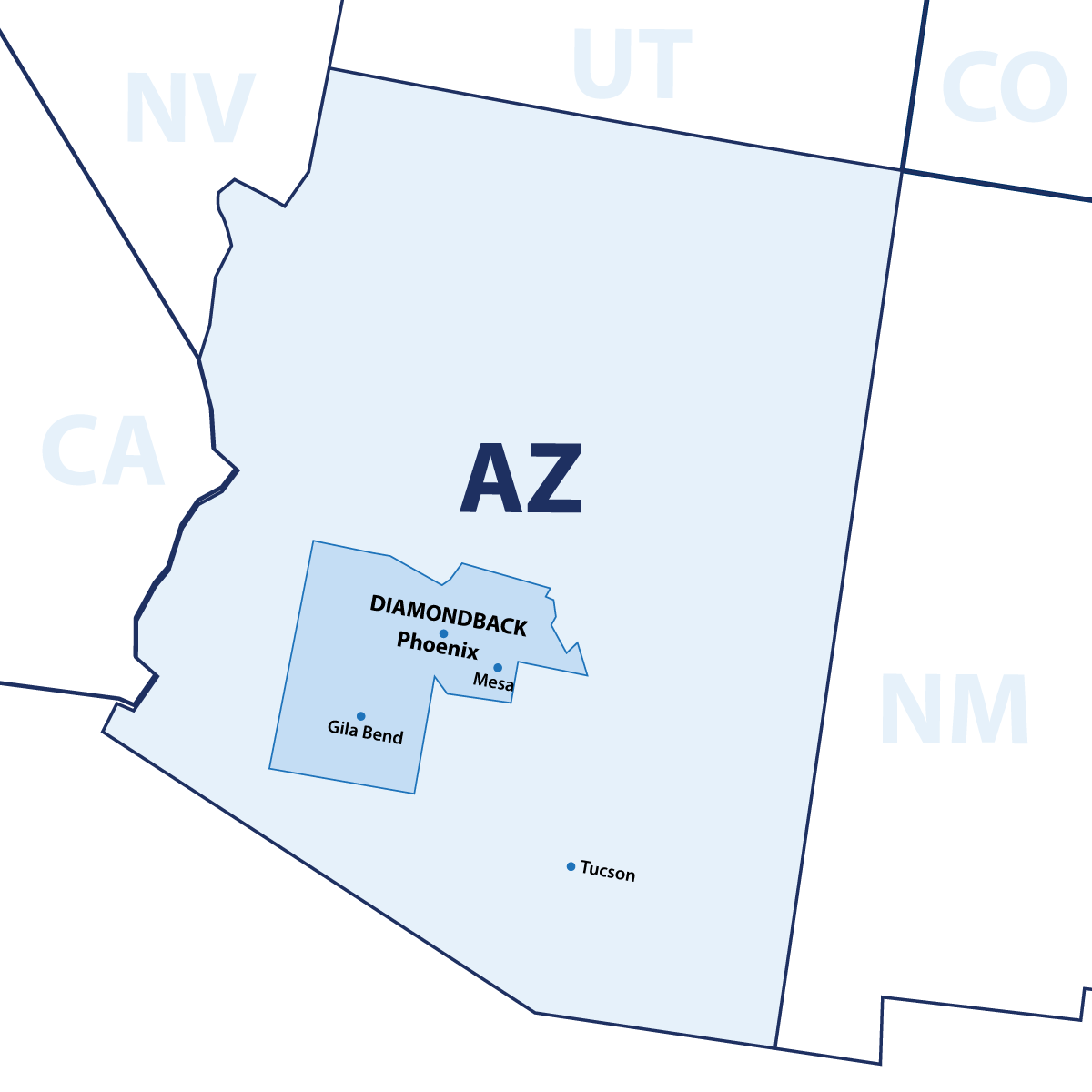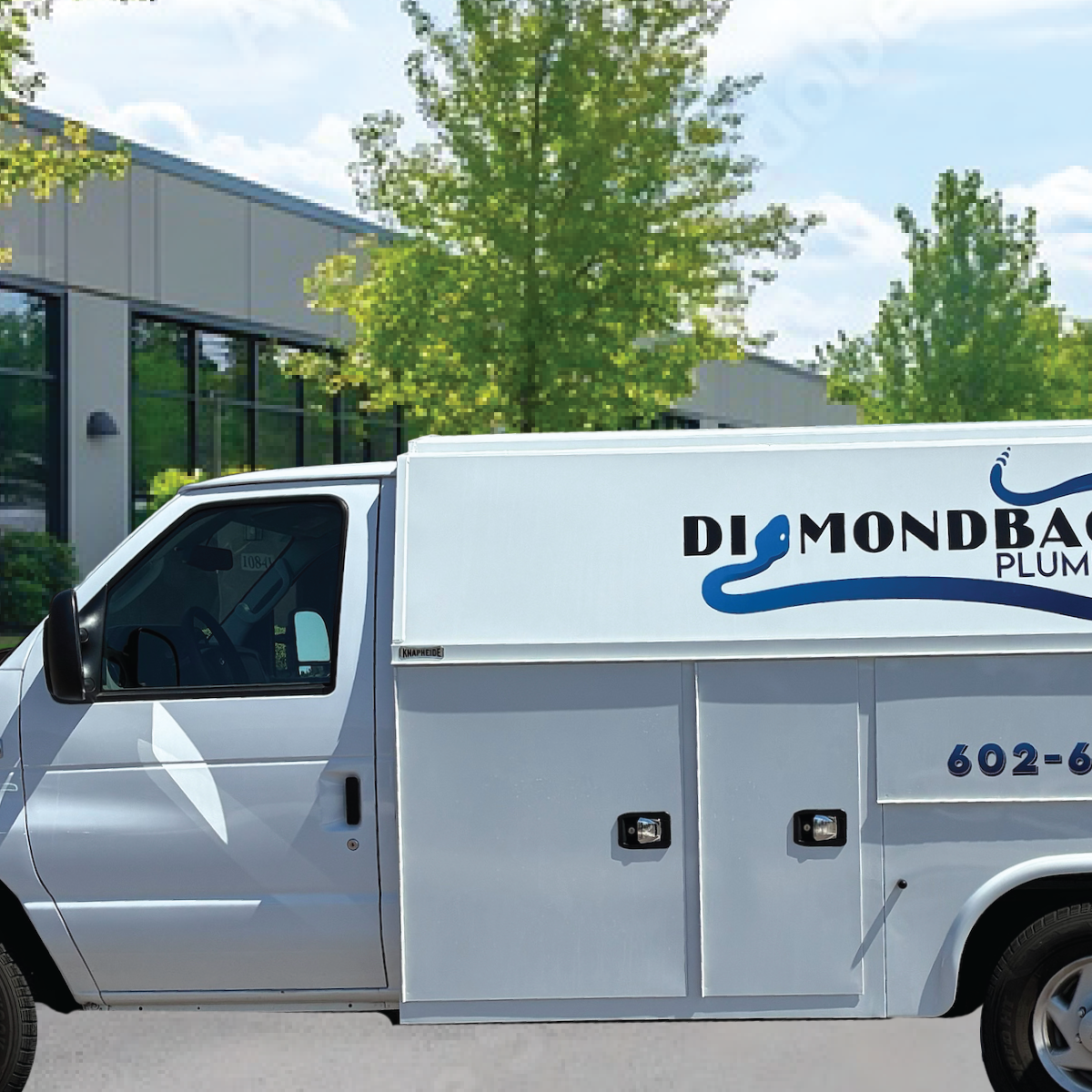Phoenix’s Trusted Multi-Family
& Commercial Mechanical Company
Phoenix’s Trusted Multi-Family & Commercial Plumbing Company
Phoenix’s Trusted Multi-Family & Commercial Plumbing Company
Where Standards Are High and Partnerships Last
Diamondback Mechanical delivers high-performance plumbing & HVAC solutions across the greater Phoenix area. With decades of experience and a team of highly trained professionals, we support the complex needs of multi-family properties, commercial buildings, and large-scale plumbing & HVAC systems. Whether you're managing a portfolio of properties or need a dependable partner for capital projects,
Diamondback is built for it—and ready to respond with precision and speed.
What We Do
Commercial Plumbing
We provide expert plumbing services for restaurants, retail spaces, offices, warehouses, and other commercial properties. Our team is equipped to handle everything from routine maintenance to urgent repairs and major system upgrades.
Multi-Family Plumbing
From apartment complexes to townhome communities, we specialize in plumbing solutions that keep tenants satisfied and properties protected. Our team understands the unique needs of multi-family operations, including minimizing downtime and communicating with property managers.
Multi-Family HVAC
Multi-Family HVAC Services. Diamondback keeps your apartments and condos comfortable with expert HVAC maintenance, fast repairs, and efficient installation of split systems and PTAC units. Reliable service for multi-tenant properties—year-round.
Preventative Maintenance
Stop problems before they start with tailored maintenance programs that keep your plumbing systems performing at their best. Our preventative plans help reduce emergency calls, extend system life, and save you money long-term.
Why Choose Diamondback Plumbing?
- Over 30 years serving Phoenix and its surrounding area
- Fully licensed, bonded, and insured
- Multi-family and commercial plumbing & HVAC specialists
- 24/7 emergency service across the metro area
- Long-term partnerships with property and facility managers
- Transparent pricing and exceptional customer service

How We Do It
Performance
Diamondback Mechanical goes beyond the basics—handling everything from standard repairs to full system replacements with ease. With a dedicated projects division, we’re prepared for complex, large-scale work that other service providers can’t deliver.
Our Customers
We build long-standing partnerships with property managers, business owners, and developers who depend on us for honest service and lasting results. Many of our customer relationships have lasted for decades because we earn their trust every day.

We proudly serve Phoenix, Scottsdale, Mesa, Tempe, and surrounding communities within Maricopa County. Our central location and responsive dispatch team allow us to reach your property quickly and deliver consistent service across the region.
Our Service Area
Who We Are
About
We’re a locally owned, Arizona-focused company with a passion for precision mechanical work and long-term partnership. Our team is built on skill, dependability, and a drive to deliver results for every client.
Mission & Values
At Diamondback, we believe in doing what’s right—even when it’s not easy. Our core values of integrity, excellence, and partnership guide every project and every interaction.
Management Team
Our leadership team brings decades of experience across service, construction, and operations. They set the tone for excellence and drive the high standards our customers count on.
Join the Team
Careers
Diamondback is always hiring people who take pride in their work and want to build a lasting career. We offer training, advancement opportunities, and a company culture that values your contributions.
Job Postings
Whether you're a field tech, project leader, or office professional, we may have a role that fits your skills and goals. View our open positions and apply to join the team.
Get in Touch With a Plumbing & HVAC Partner Who Gets It
Let’s take the stress out of mechanical systems on your properties. Contact
Diamondback Mechanical today to schedule service or speak with our plumbing & HVAC experts.













